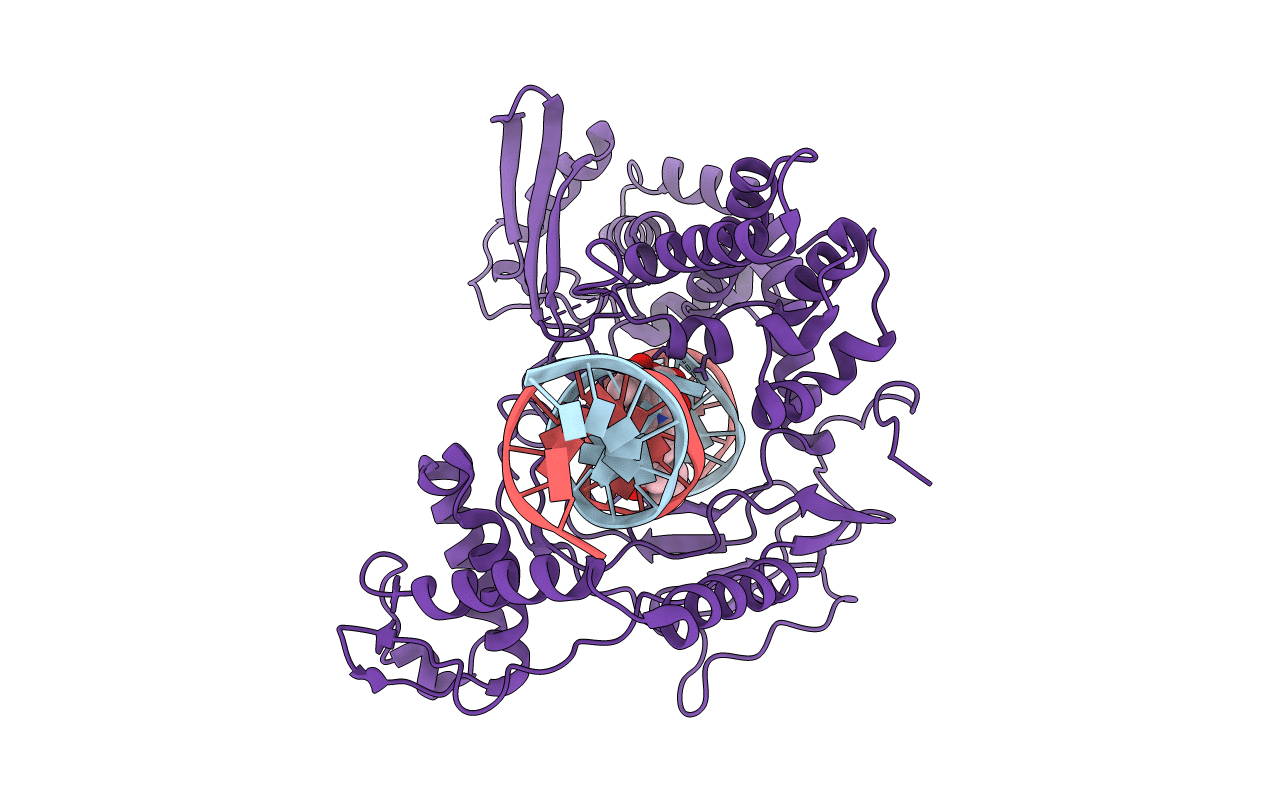
Deposition Date
2003-12-08
Release Date
2004-07-06
Last Version Date
2024-10-30
Entry Detail
PDB ID:
1RR8
Keywords:
Title:
Structural Mechanisms of Camptothecin Resistance by Mutations in Human Topoisomerase I
Biological Source:
Source Organism:
Homo sapiens (Taxon ID: 9606)
Host Organism:
Method Details:
Experimental Method:
Resolution:
2.60 Å
R-Value Free:
0.29
R-Value Work:
0.24
R-Value Observed:
0.29
Space Group:
P 1 21 1


